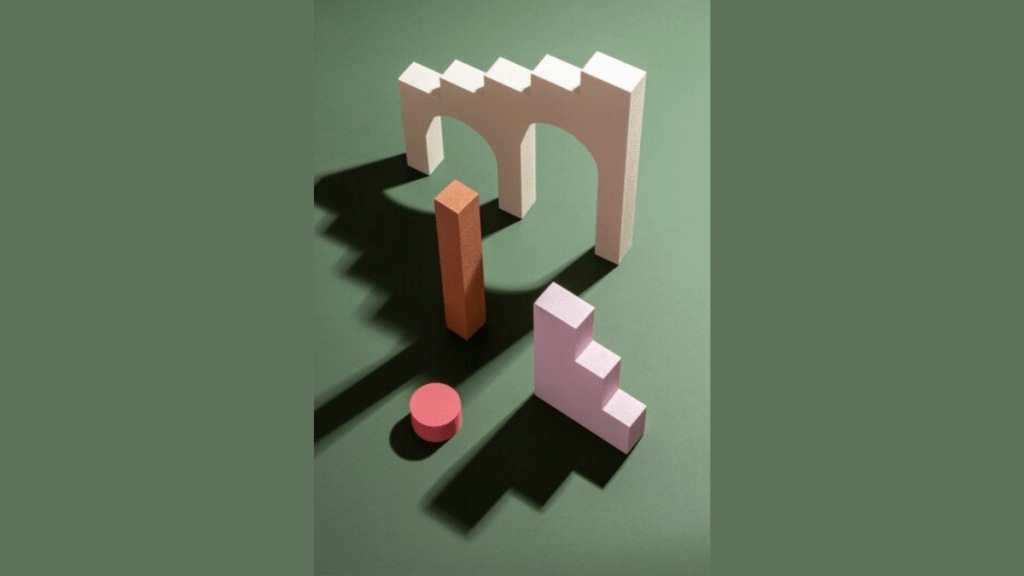If one is any way in the world of brand marketing, one might have heard the term ‘brand archetypes.’ But what exactly are they, and how can they transform a brand’s identity? BrandWagon Online explains to help you understand and apply brand archetypes effectively.
What are brand archetypes?
Originating from Carl Jung’s psychological theory, brand archetypes represent universal symbols or personas that convey specific traits and values. These archetypes are designed to resonate across cultures, providing a framework for brands to establish their identity and connect with their audience in a meaningful way.
Brand archetypes are essential for crafting a brand’s persona. By adopting an archetype, a brand can establish a distinctive and memorable identity. This strategic clarity aids in consumer recognition and connection, making the brand stand out amidst competition. Moreover, aligning with an archetype fosters a deeper emotional bond with the audience, potentially driving brand loyalty and reinforcing market presence.
A brand archetype provides a consistent structure for messaging and visual identity. This alignment ensures that all communications and visual elements reflect the brand’s core values and personality, maintaining a cohesive presence across various channels. This consistency strengthens the brand’s overall message and identity.
The twelve common brand archetypes each represent unique attributes and values. The Innocent archetype, for instance, signifies purity and optimism. The Explorer is associated with adventure and discovery, while the Sage embodies wisdom and knowledge. The Hero is marked by courage and determination, inspiring audiences to overcome challenges and achieve success.
Conversely, the Outlaw challenges norms and embraces rebellion, resonating with those who value individuality. The Magician symbolizes transformation and wonder, creating innovative and magical experiences. The Regular Guy/Gal focuses on relatability and authenticity, connecting with people through simplicity. The Lover centres on passion and intimacy, evoking feelings of romance and desire.
Additionally, the Jester brings an element of fun and humour, ensuring memorable experiences. The Caregiver emphasises compassion and support, conveying empathy. The Creator values creativity and originality, driving innovation. Finally, the Ruler represents authority and control, conveying prestige and leadership.
Effectively applying brand archetypes involves identifying the brand’s core values and selecting an archetype that aligns with these values. Understanding the target audience is crucial for choosing an archetype that resonates with their preferences. Consistent messaging and visual elements that reflect the chosen archetype help create engaging stories and experiences. Ongoing evaluation and adjustments based on audience feedback and market trends are essential for maintaining relevance and impact.
Brand archetypes are a powerful tool for defining a brand’s identity and establishing a meaningful connection with its audience. By leveraging these archetypes, brands can develop a robust and coherent persona that enhances their overall branding strategy.
